Service Navigation
Search
Manual measurement
Manual measurement remains the reference measurement for new snow and total snow depth. New snow [interner Link: Wetterlexikon-Schnee] is measured every morning at 7 a.m. on what is called a snow board, which is placed flat on grassy ground. After measuring the new snow depth, the observer cleans the board so that the new snowfall of the past 24 hours can be recorded again the next morning.
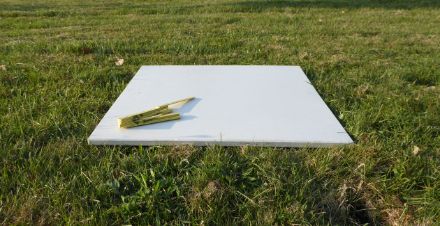
The measurement of total snow or snow cover on the ground is carried out with the help of a snow measurement pole that is erected in a designated spot. The measurement is taken every morning at 7 a.m. If the amount of snow cover is low, then measurements are taken at various spots on the ground, and the results are averaged.
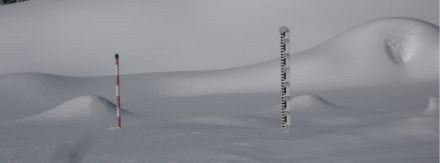
The manual measurements are carried out in collaboration with the WSL Institute for Snow and Avalanche Research (SLF), whose observers also monitor the stability of the snow cover and measure the density of the fresh snow. Broadly speaking, the SLF is responsible for the mountain measurement network, while MeteoSwiss conducts measurements at the mid and lower altitudes.
The manual measurements are available on the MeteoSwiss website, Measurement values, or the MeteoSwiss app.
Automatic measurement
In addition to manual measurements, MeteoSwiss also conducts automatic measurements of snow depth on the ground. These measurements are taken on a continuous basis, using ultrasonic or laser sensors. Complementing the manually collected snow depth measurements that are taken once a day, automatic measurement provides data on changes in the snow cover in between measurement times, allowing conclusions to be drawn about settling or wind-driven snow transport.
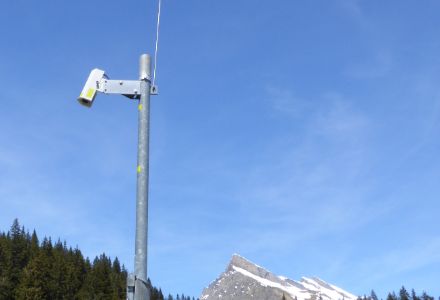
At each station, the sensor is installed at a different height above the ground, depending on the typical snow depth at the station. For example, the sensor in San Bernardino is installed 4 meters above the ground, whereas in Piotta it is only 2 meters above the ground.
The automatic measurement gives the depth of the snow cover on the ground, i.e. the total snow. New snow can be partially inferred from the measurement series, but the possible settling of the snow cover must also be taken into consideration.

Measuring the first centimetre of snow
With conventional automatic measurement, it is sometimes difficult to detect the first centimetre of fallen snow. The reasons for this lie in the material properties of the measuring station or in the ground itself, which can expand during temperature fluctuations, especially when freezing. The conditions of the ground (e.g. blades of grass) or the calibration in general can also cause errors where the snow depths are minimal.
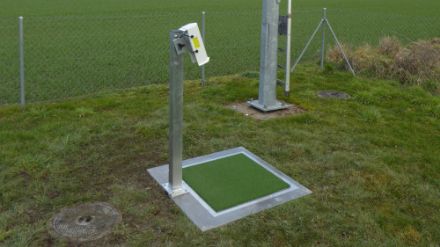
Information about the first centimetre of snow cover and thus the onset of snow accumulation when snow begins to fall is of particular importance, such as when determining road conditions. MeteoSwiss is therefore installing new ‘one snow’ sensors in lowland areas, in order to improve detection of the first centimetre of new snow.
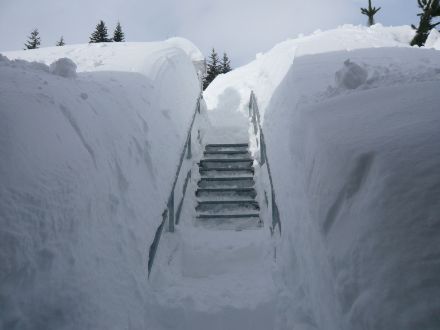
Data quality of automatic measurements
In contrast to manual measurements by an observer, it may occur that data from automatic measurements falsely indicate the presence of snow, especially in summer. Through automatic data checks some of such errors can be filtered out by comparing the measurement with the precipitation and temperature measurement or by considering the development over time.
Typical measurement errors at stations in the lowlands:
- Measurement of grass in summer: the measurement area directly under the instrument is artificially created, but if the grass next to it gets too high, it can protrude over the edge of the mat and be detected by the sensor.
- Insects: If, for example, a spider settles on the laser, the signal will be disturbed and false readings will occur.
- Snowstorm: In snow flurries, the laser measuring device has difficulty determining the correct height of the snow surface on the ground.
At stations at higher altitudes, temperature-related movements of the ground also influence the measurement and can cause errors.